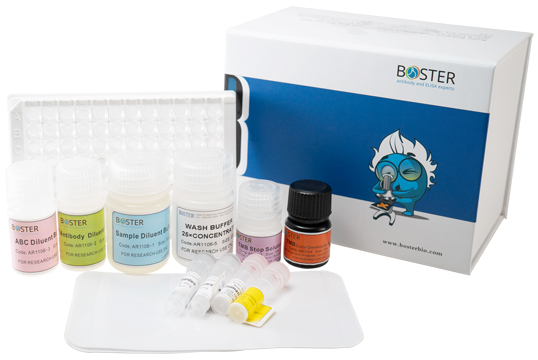After many improvements recently, it is now the most valuable core way of studying proteome.
Two important parameters for distributing all proteins of the proteome are its interpretation and repeatability. To know about sds page principle you can read this article.

In the present situation, a gel plate (17cm × 21cm) for 2-D gel electrophoresis can divide 3 to 4,000 or even 10,000 detectable protein stains, which can be compared with the number of proteins that may be expressed by 100,000 genes.
Still too few. In the 1990s, immobilized pH grade gels were used to overwhelm many shortcomings like carrier electrolyte cathode line and to install a very stable pH grade which can be set freely and correctly.
Since a really narrow pH range can be set (such as 0.05U / cm), the next form of analysis can be carried out at a narrower pH range on areas of specific interest, thereby greatly improving resolution.
Such adhesive strips are produced commercially, so the issue of repeatability of two-dimensional gel electrophoresis is essentially solved.
One of them, the more delicate silver staining process can identify 4ng protein, and also the most sensitive one is marked with an isotope. The 21ppm labeled protein can be defined by its fluorescence or phosphorescence strength.
Utilizing an image scanner, a Lyser frequency meter, and a charge union apparatus, the protein map acquired by the above process can be digitized, and then processed by the computer to eliminate vertical and horizontal monitoring tails and background colors, and then offer the truth of protein spots Position and strength, get the picture of protein stains, known as "reference gel map".